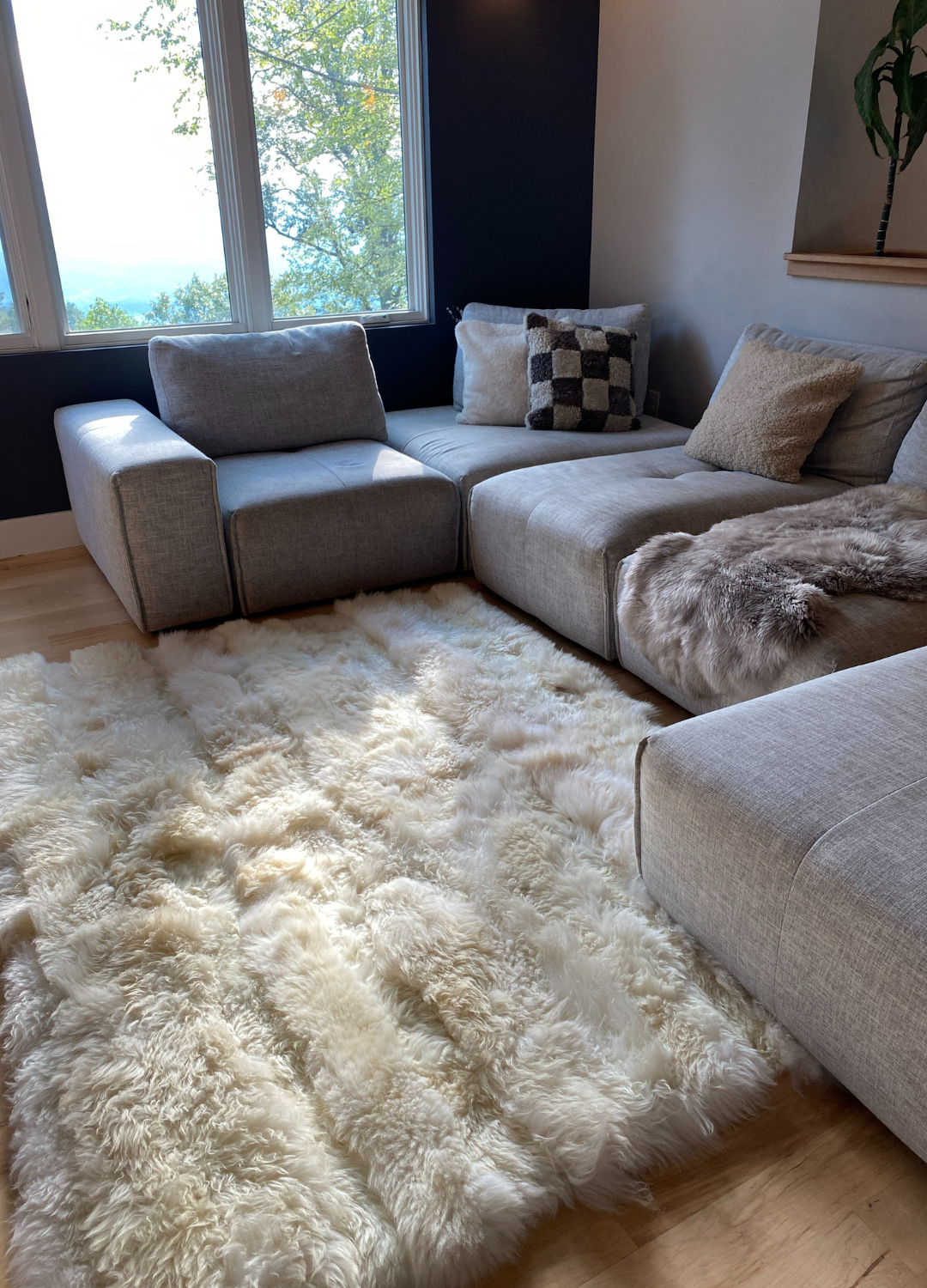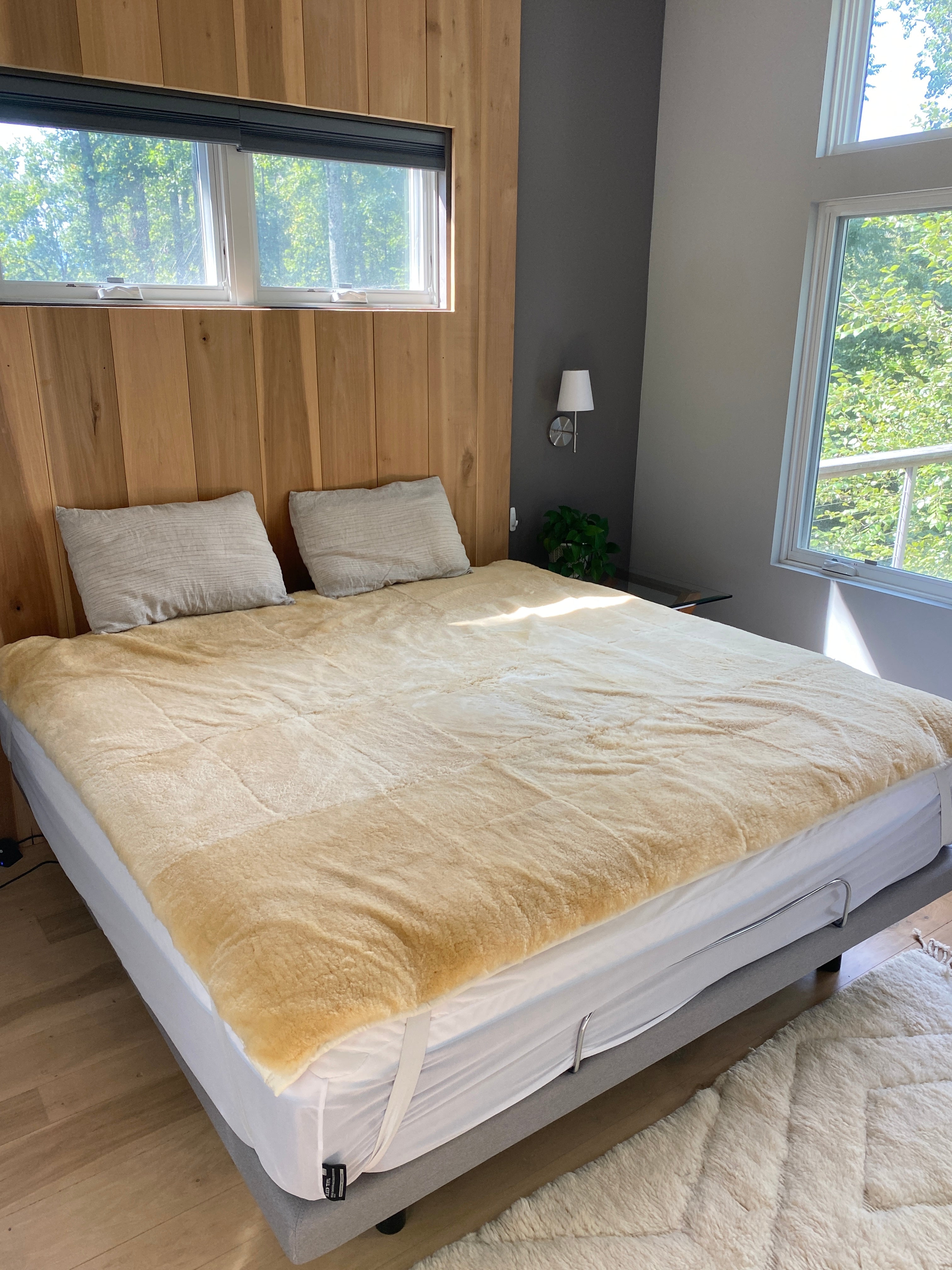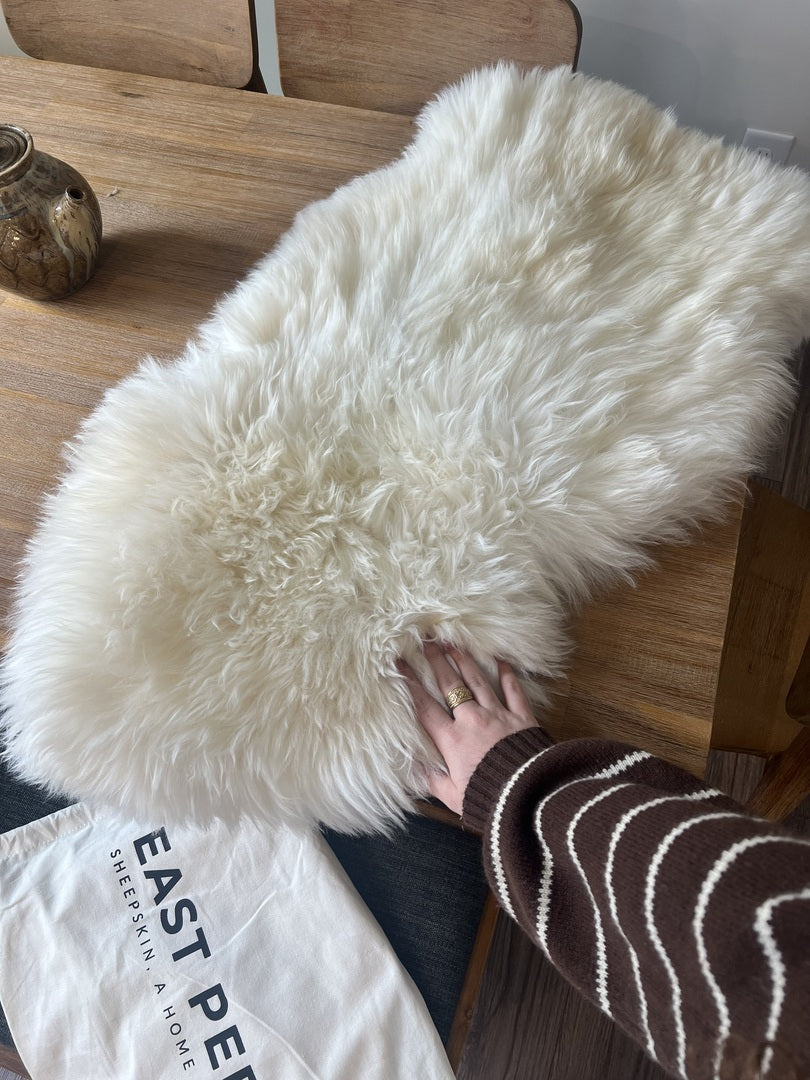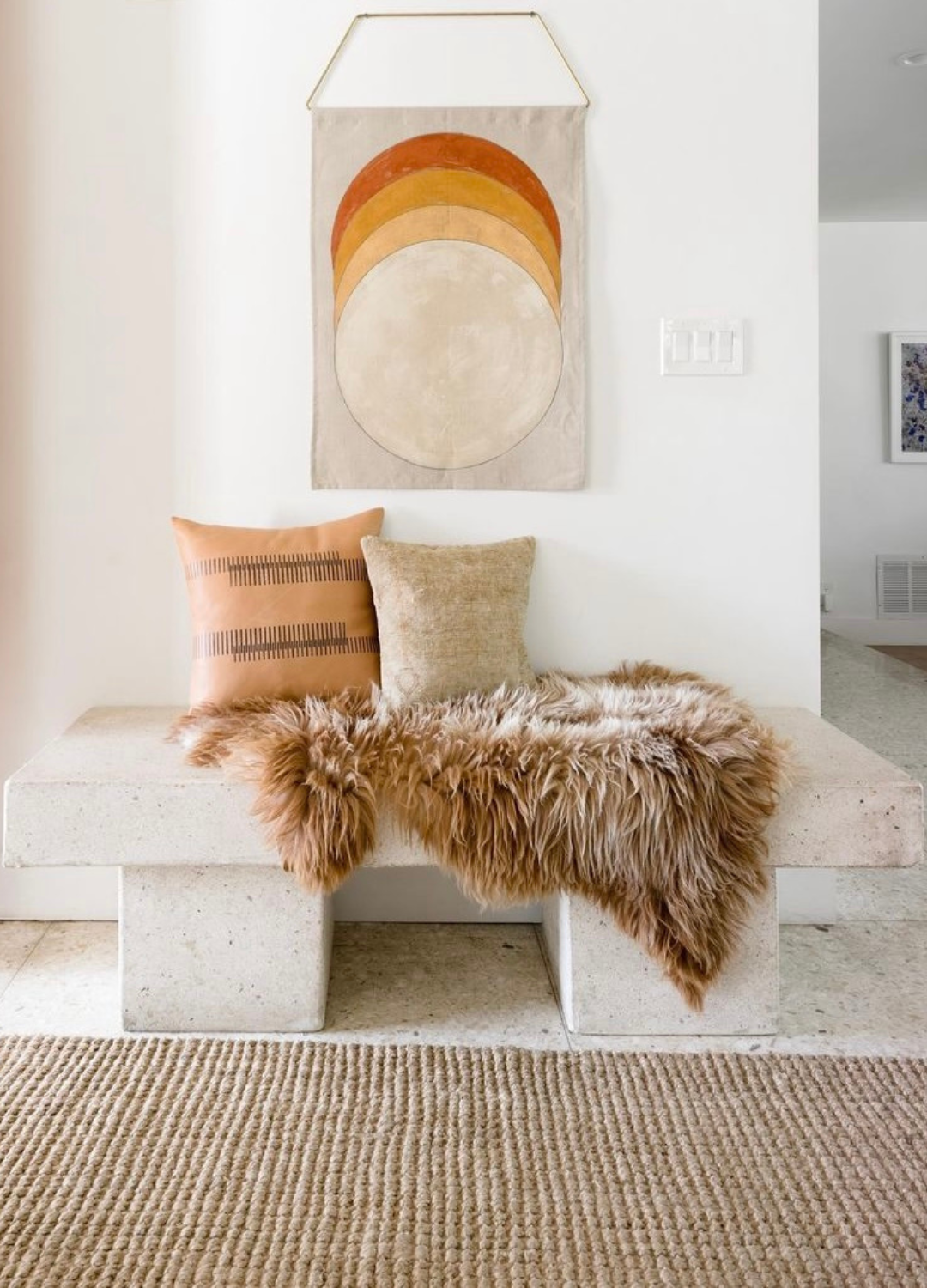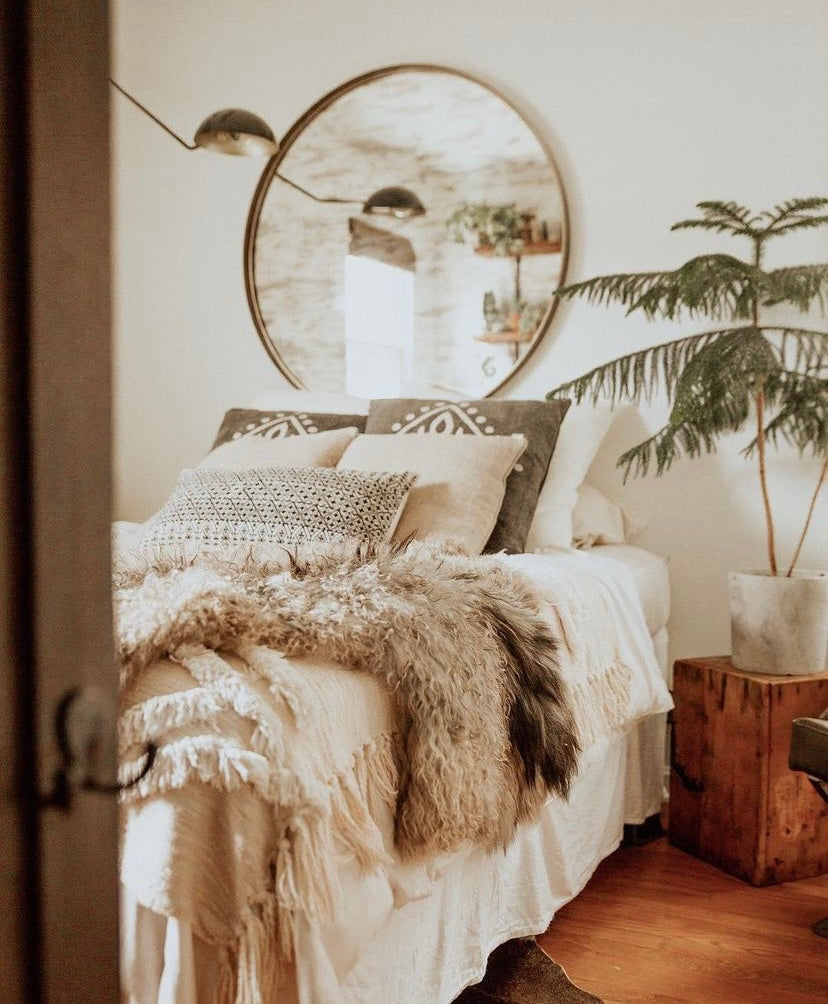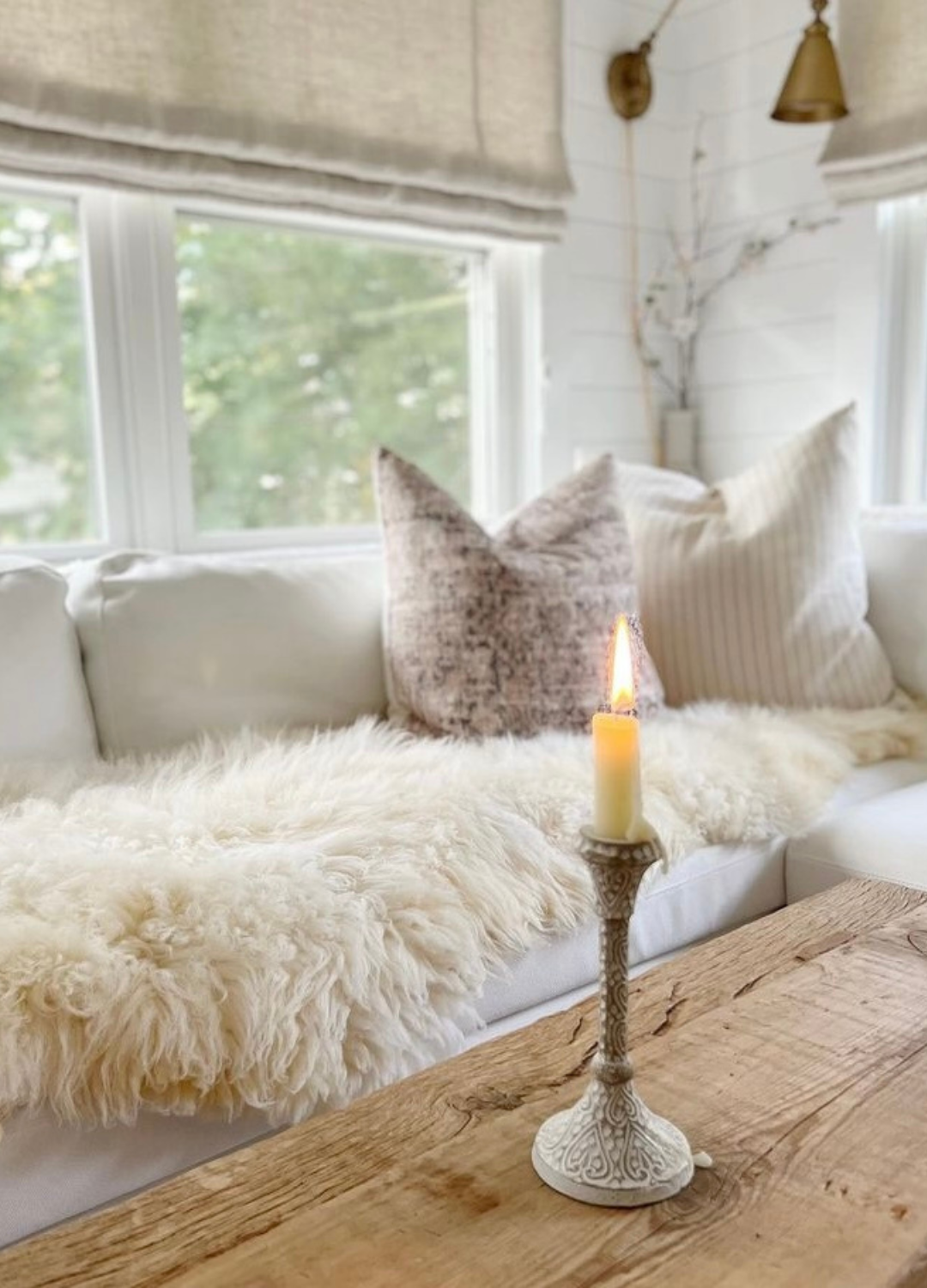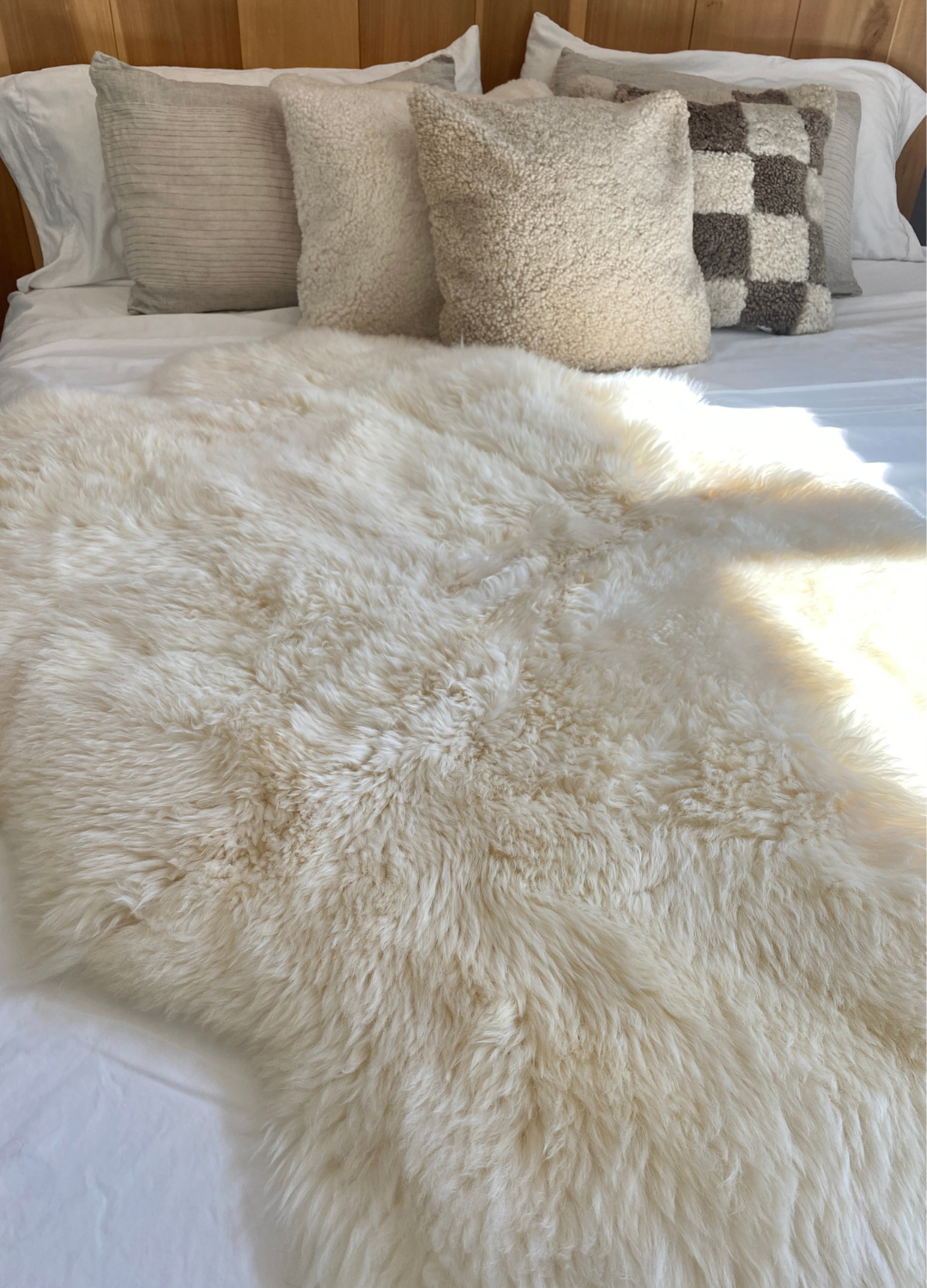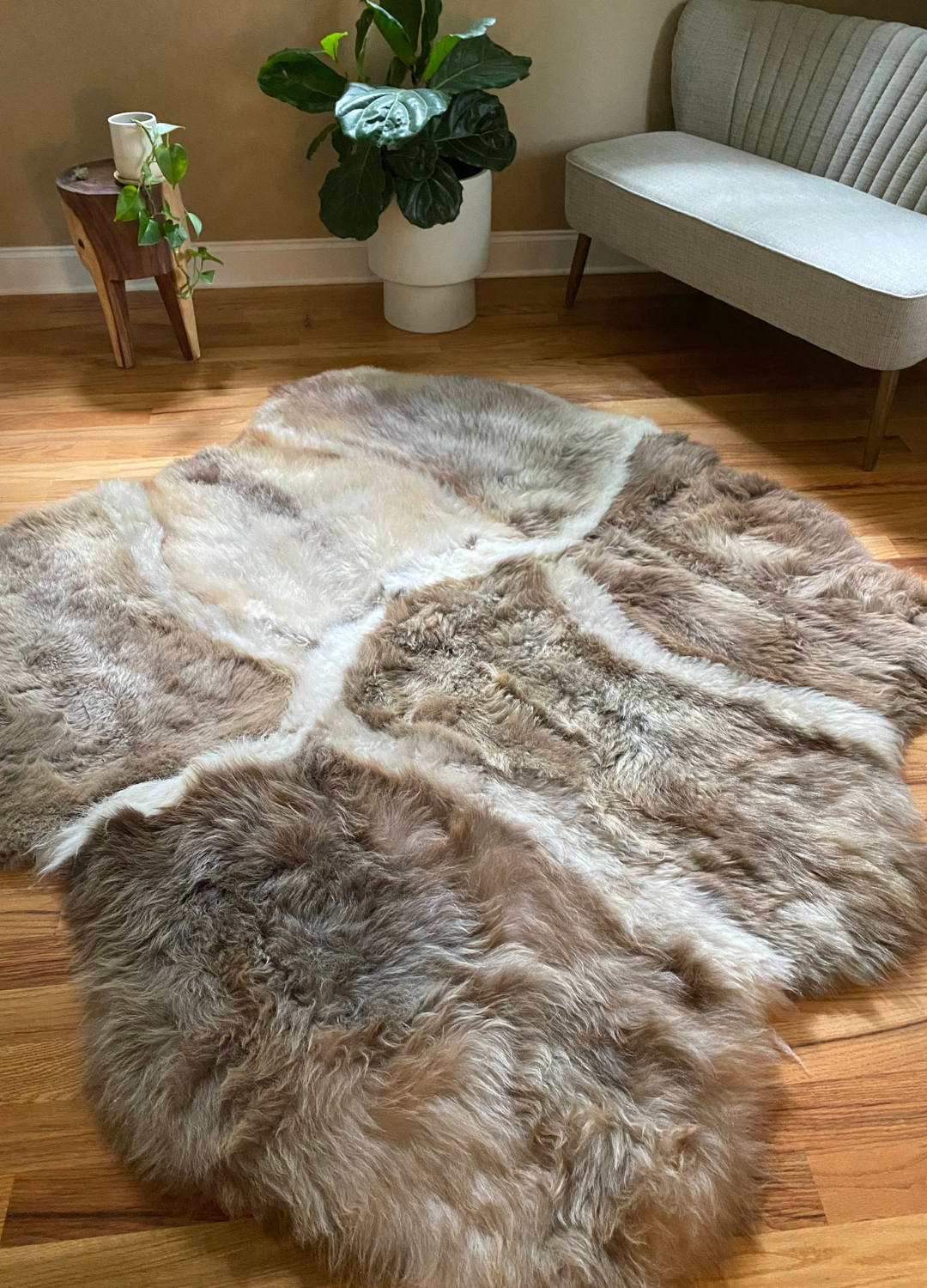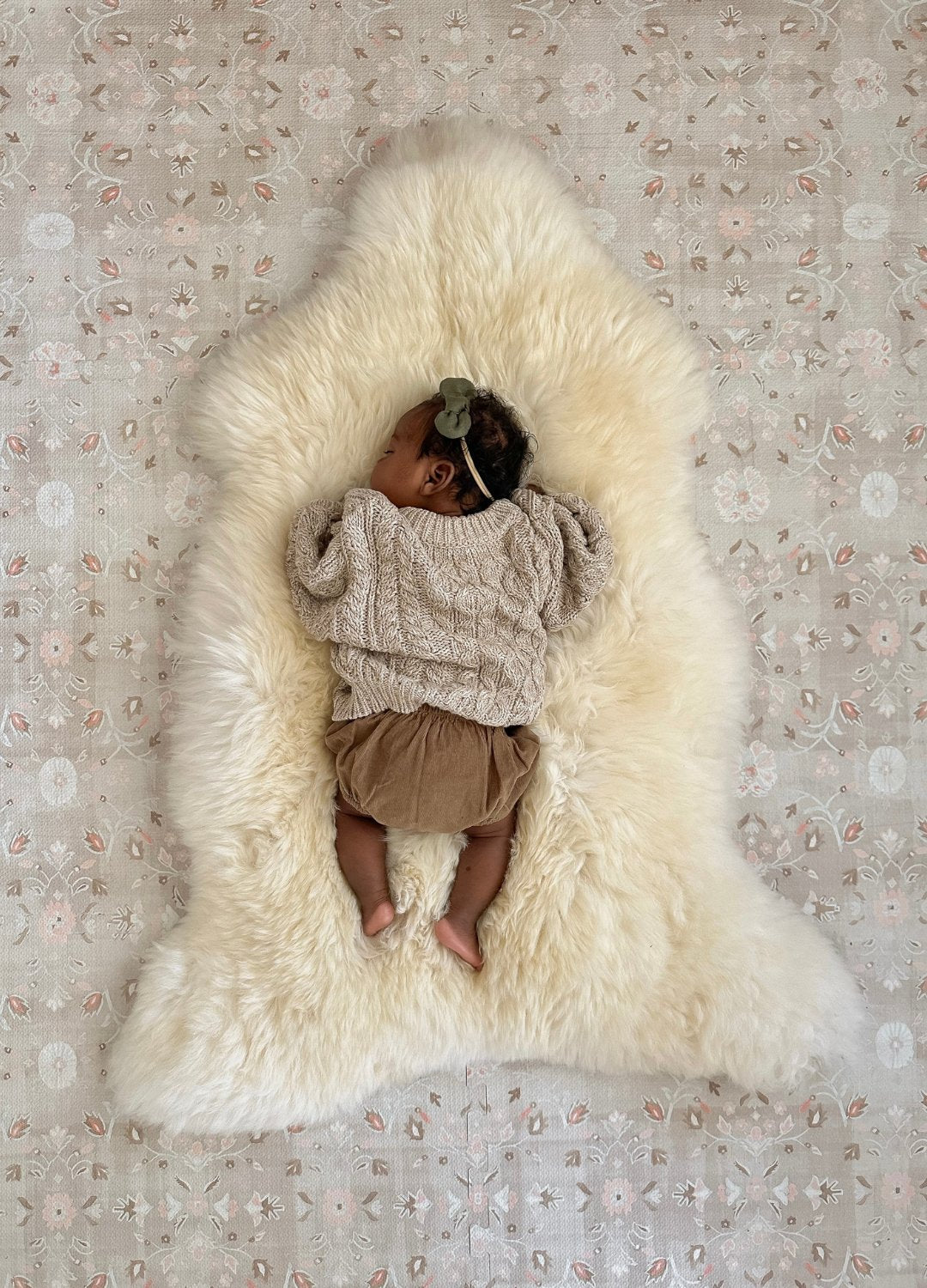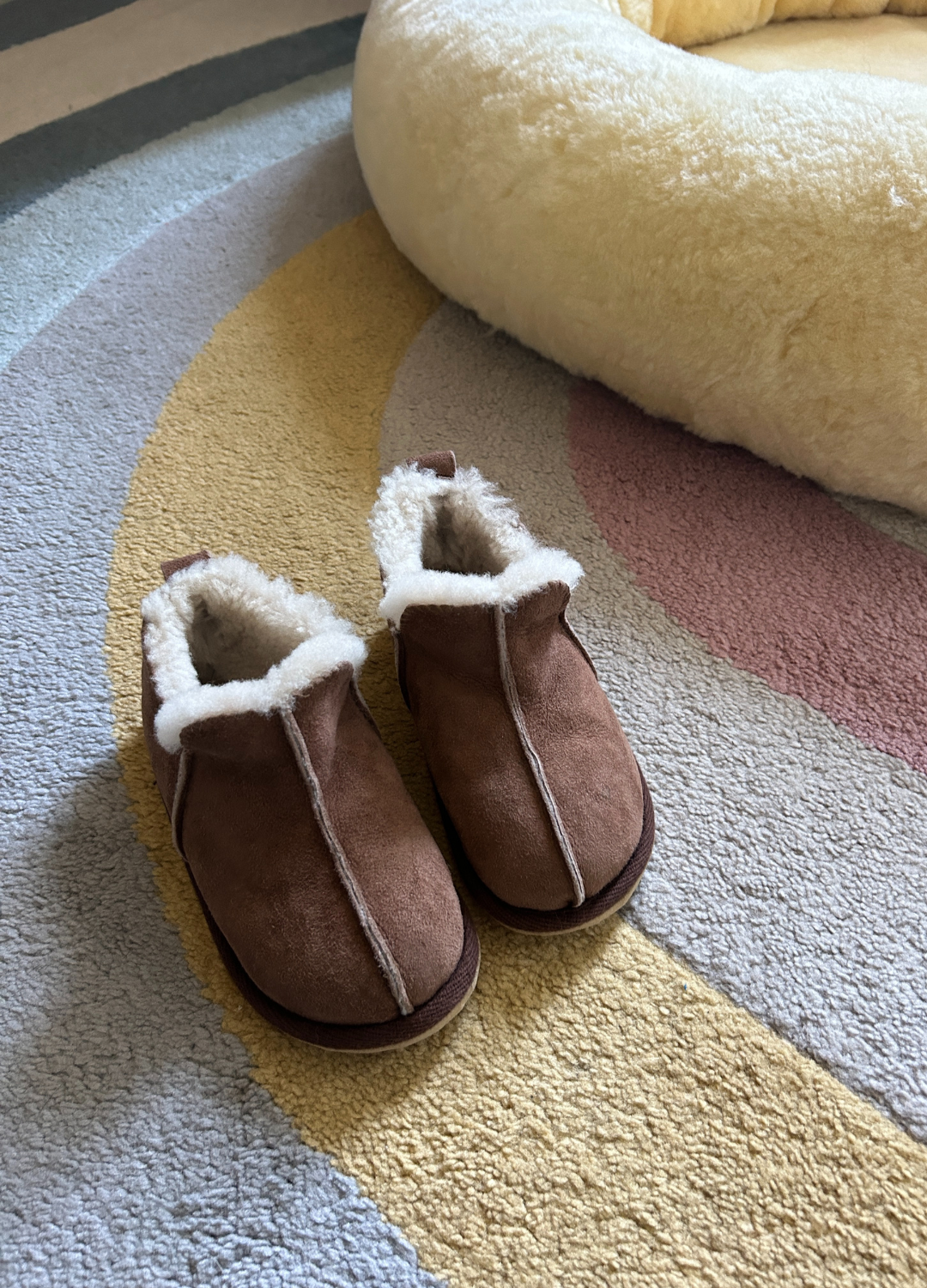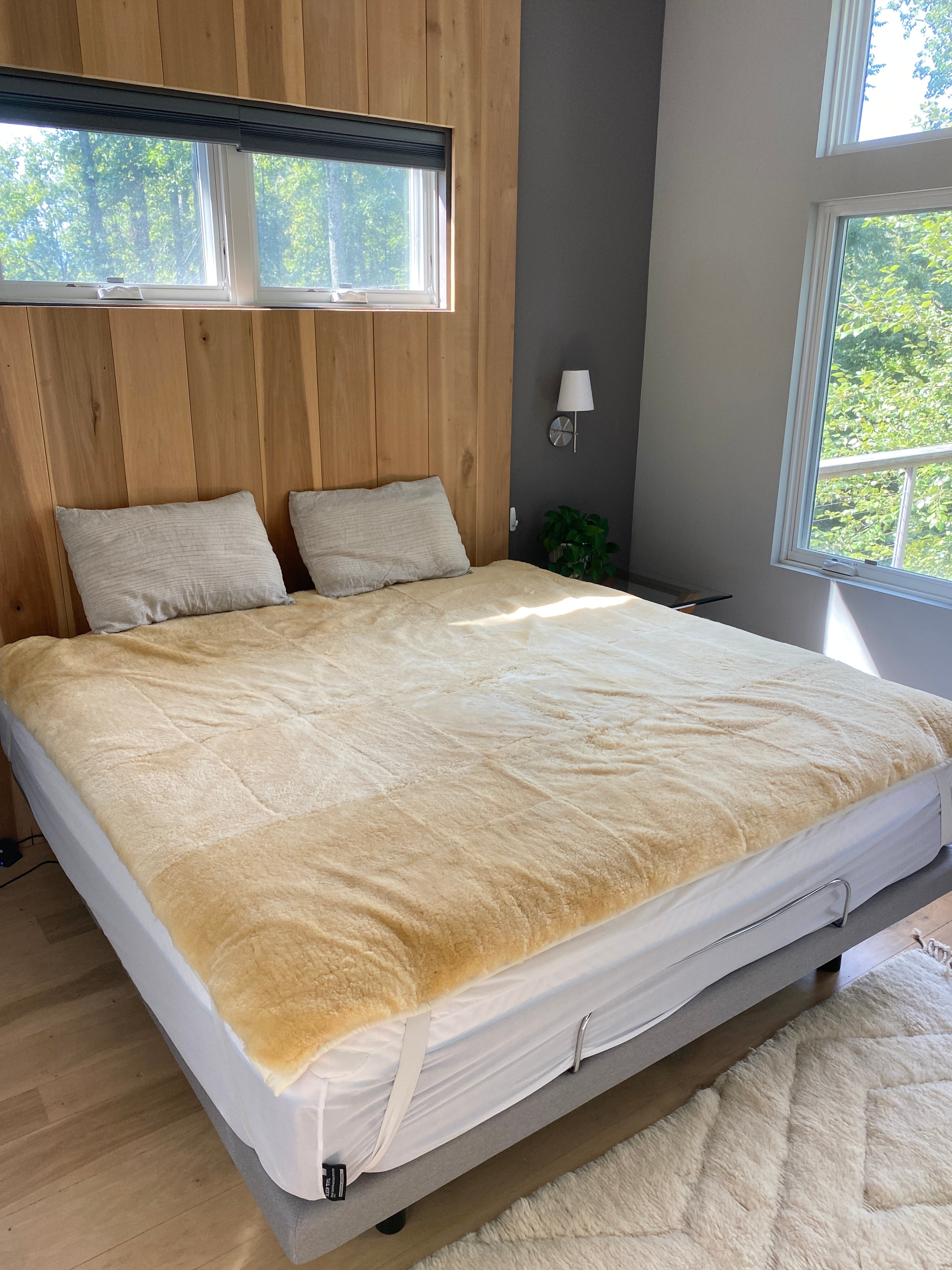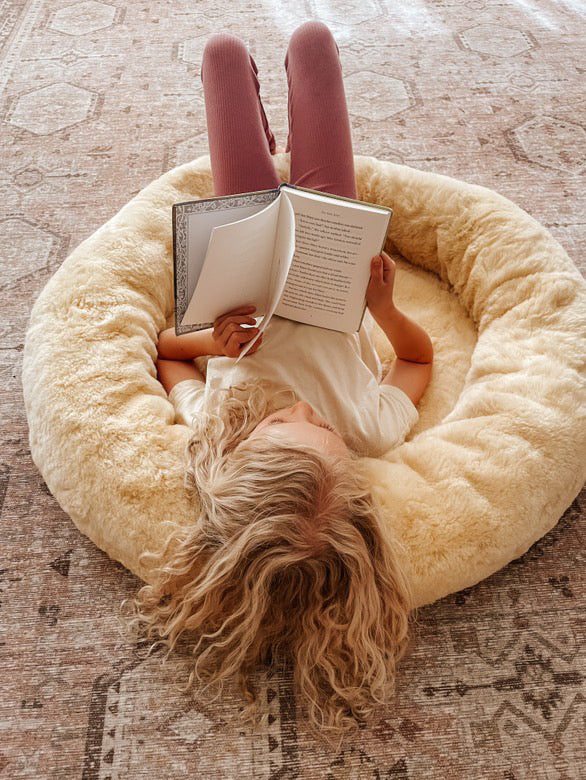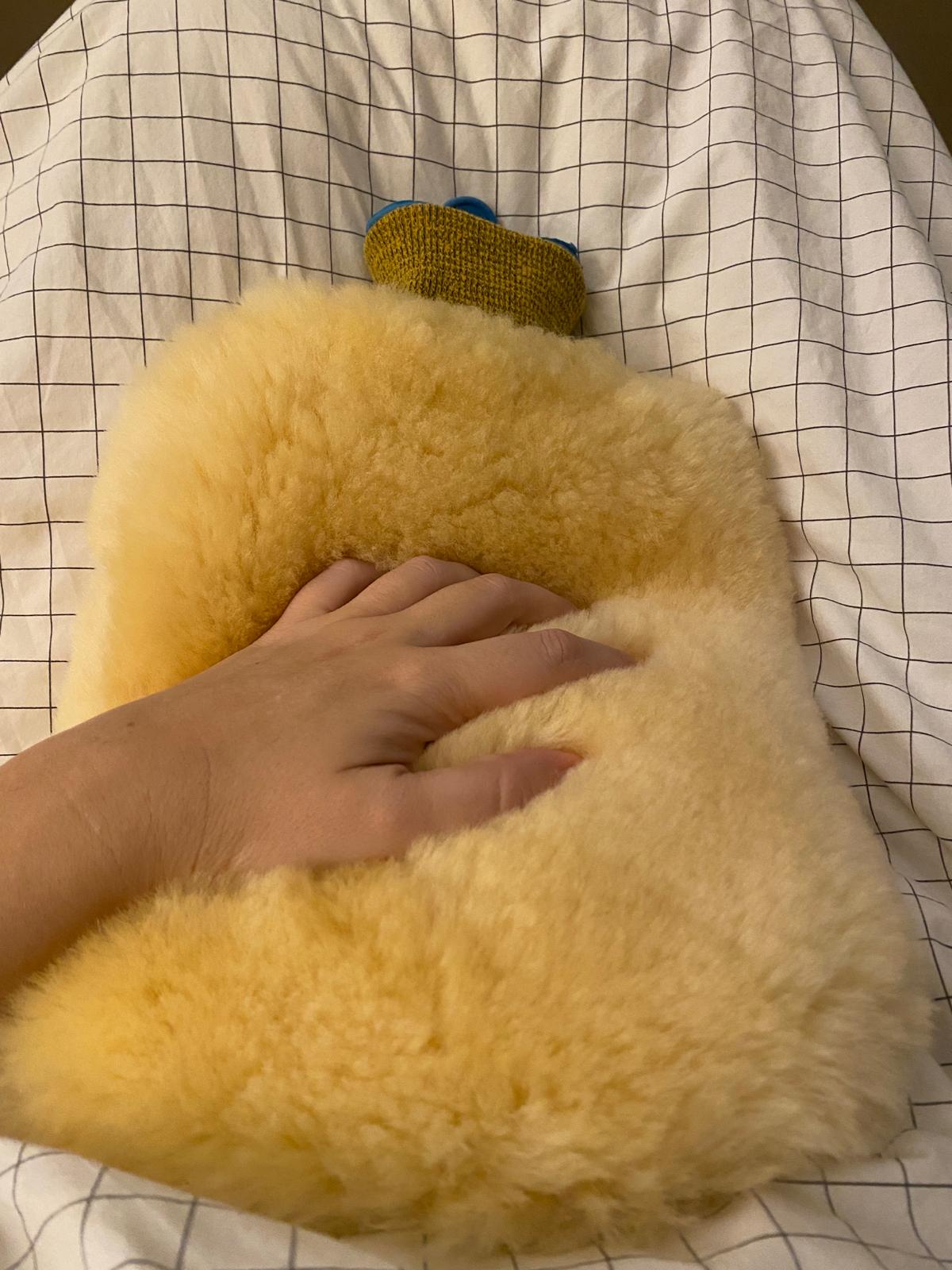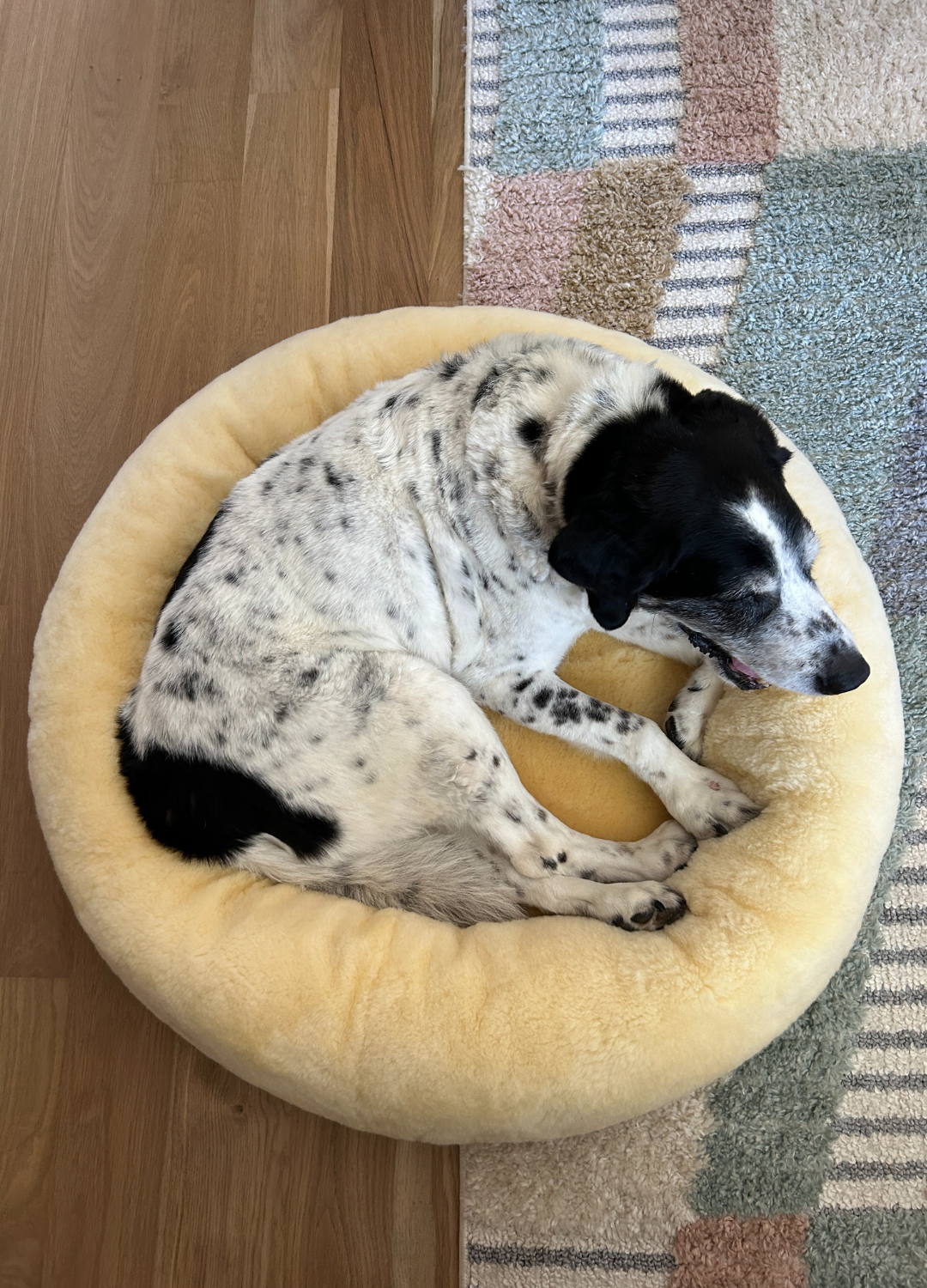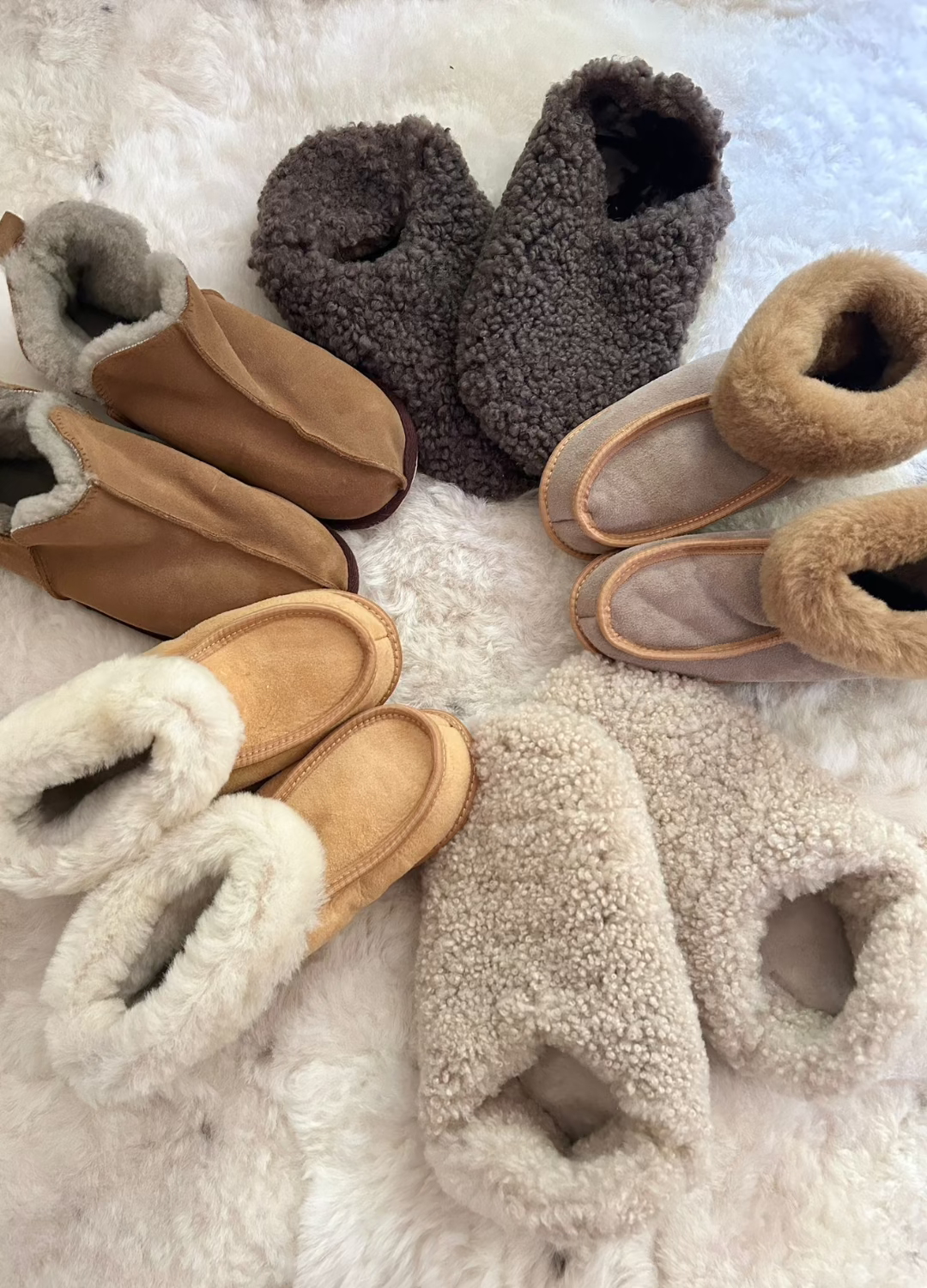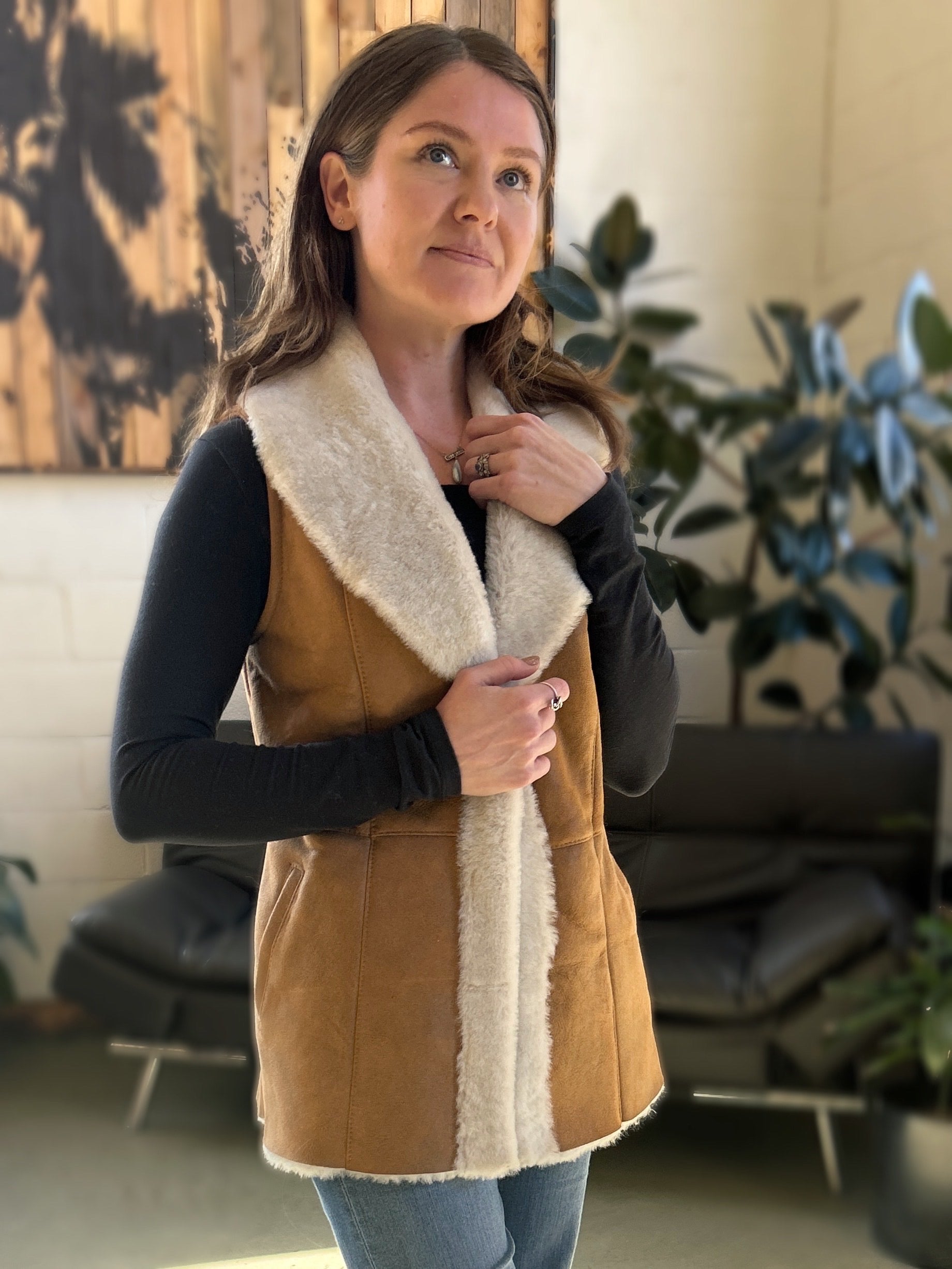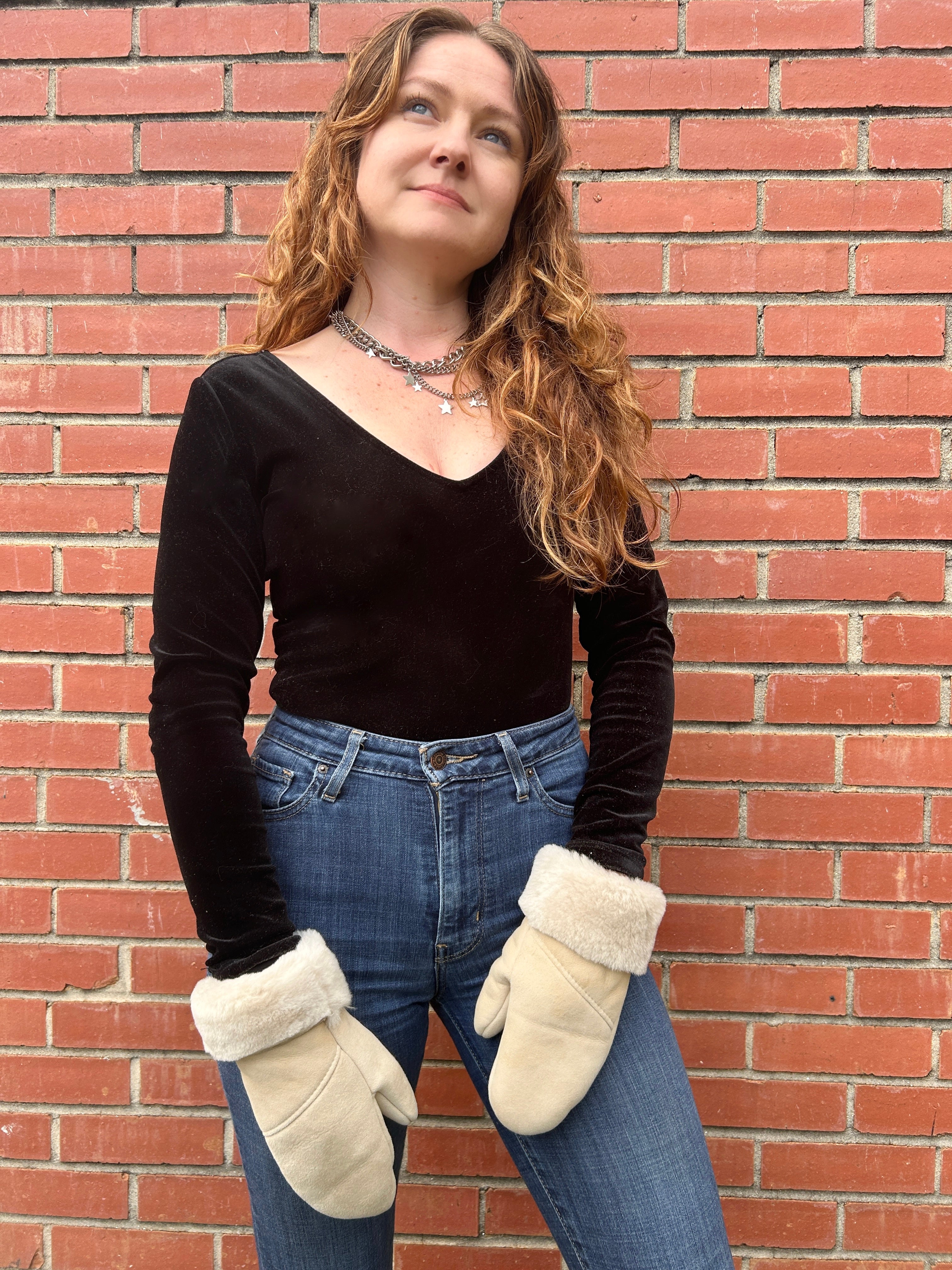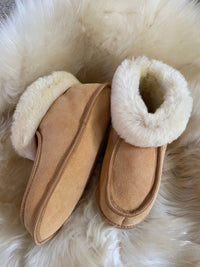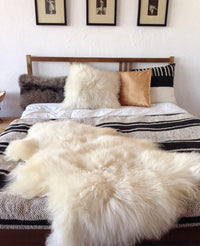The Neurological Hug: How Deep Pressure Touch Calms an Anxious Dog

I'll never forget the first time I truly understood it. It wasn't from a book or an article, but from a quiet moment on the floor with my dog. A storm was rumbling in the distance, and I could feel his entire body vibrating with a low, anxious hum. Instinctively, I didn't just pat him; I laid my hands firmly on his shoulders and just… held them there. I didn't rub or scratch. I just applied a steady, gentle weight.
After a minute, something magical happened. I felt the tension under my palms begin to soften. I felt his breathing deepen, and he let out a long, slow sigh. It was as if my touch had given his nervous system permission to finally exhale.
That quiet moment was my introduction to the profound power of Deep Pressure Touch (DPT). It's a concept that sounds clinical, but it's as natural as a loving embrace. It’s one of the most gentle and effective ways we can communicate safety to a worried pet, and understanding it has completely changed the way I think about creating comfort in my home.
The Gentle Science Behind the Hug
In our complete guide to calming beds, we touched on the idea that our dogs' bodies have an "accelerator" and a "brake." Deep Pressure Touch is, quite simply, the most effective way to gently apply that brake.
When a dog is anxious, their "fight or flight" system is active, flooding their body with stress hormones. A light, skittish pat can sometimes make this worse, feeling more like a tickle or an irritation. But a firm, sustained, and gentle pressure, like a hug, a swaddle, or the weight of your hands has the opposite effect. It stimulates pressure receptors deep in the skin, which then sends a cascade of calming signals to the brain.
This process helps to lower cortisol (the primary stress hormone) and can boost the production of serotonin and oxytocin, the wonderful neurotransmitters responsible for feelings of security, happiness, and bonding. It’s not just a feeling; it’s a physiological response.
Three Ways to Offer Deep Pressure Touch at Home
The wonderful thing about DPT is that it can be offered in many ways, allowing you to find what resonates most with your dog.
1. Your Own Two Hands (Manual Pressure): This is the most personal method, a beautiful way to connect with your dog. It’s not about a vigorous massage, but about slow, deliberate stillness. Try gently resting your open palms on their shoulders or wrapping your arms around their chest with a firm, steady pressure for 30-60 seconds at a time. Watch them closely; you will learn to feel them "melt" into your touch when it’s right.
2. A Wearable Embrace (Anxiety Wraps & Vests): Products like the ThunderShirt are built entirely on the principle of DPT. These snug-fitting vests apply constant, gentle pressure around your dog’s torso, mimicking the feeling of being held. For many dogs, especially during predictable events like fireworks or car rides, this "wearable hug" can be transformative.
3. A Constant, Passive Embrace (The Right Kind of Bed): While manual pressure and vests are wonderful, they are active solutions. I became fascinated with the idea of a passive solution, a space that could offer this comfort automatically, whenever my dog needed it. This is the true purpose of a well-designed calming bed. A bed with high, soft, but supportive bolsters allows a dog to press themselves into a corner and receive that comforting pressure along their back and sides, creating a constant, gentle embrace that they can access on their own terms.
A Note on Consent and Comfort
The most important part of this practice is listening. Deep Pressure Touch should always be a calming experience, never a restraining one. If your dog tries to move away, stiffens their body, or shows other signs of discomfort, respect their wishes. Their sense of safety is paramount. Start slowly, for short durations, and let their response be your guide. Trust the conversation you are having with them.
Weaving It All Together
Understanding Deep Pressure Touch has enriched the way I care for my dog. It has brought a new intention to our quiet moments and a new purpose to the spaces we share. Knowing that the feeling I get from a weighted blanket is the same feeling of security he can get from being nestled in his sanctuary has created a deeper bond between us. It’s a shared language of comfort, a 'neurological hug' that we can now offer him anytime he needs it.



























